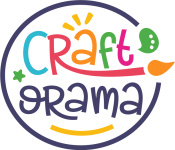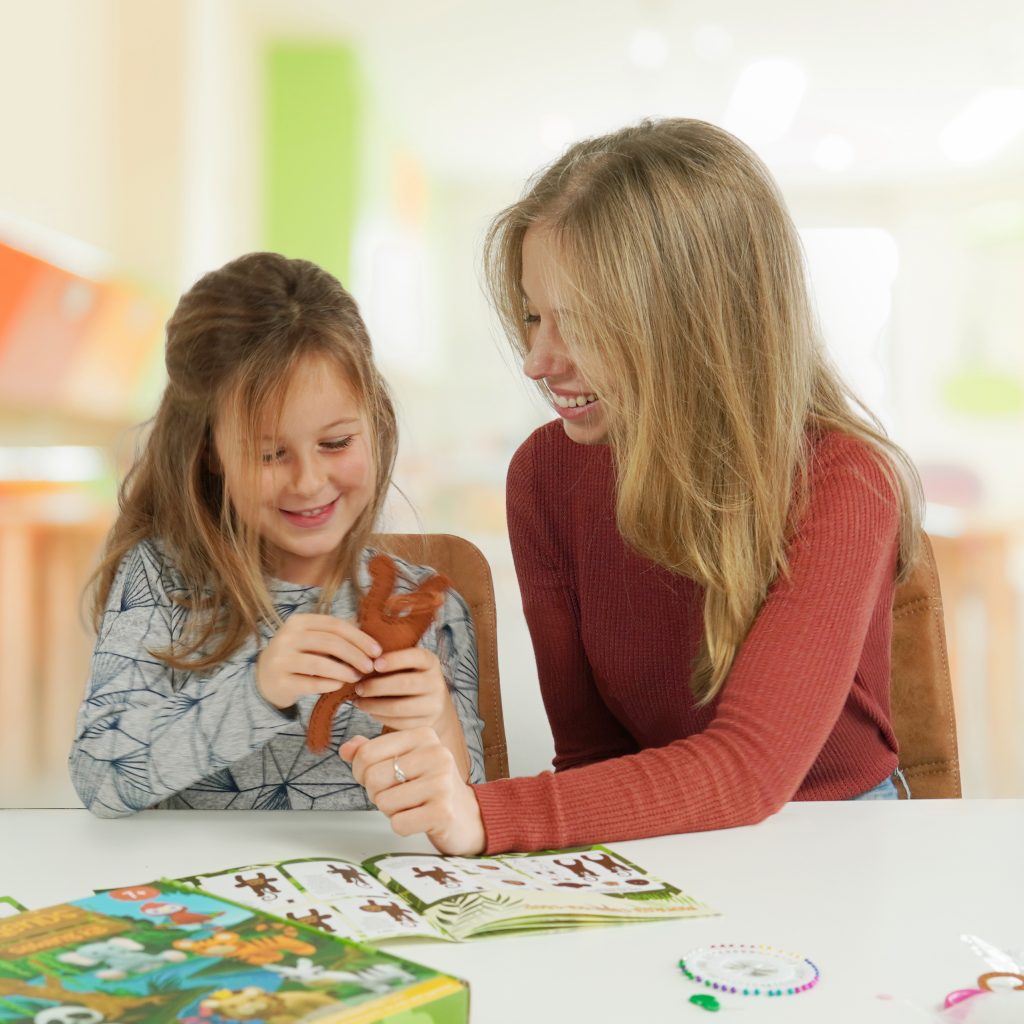
When I was just 8 years old, my mom began to teach me to sew. Now, almost 20 years later, it’s still a skill that I use regularly that has blossomed into a passion and become an exercise in self-expression and creativity. I truly feel that my ability to think creatively and problem-solve has a lot to do with my parents teaching me skills like sewing early in life that allow for independent thinking and expression.
Sewing is a valuable skill for any child to learn. Not only will you be teaching your kids a useful craft that will allow them to mend their own clothing, but they will be learning a lot of other important lessons throughout the process. Today, we’re bringing you 6 reasons every child should learn to sew, as well as tips to help you in the process of teaching them.
Why every child should learn how to sew
Every child, both boys and girls, can gain a lot from learning to sew. Here are few reasons why they should learn.
Learn patience and focus
Sewing is a process that takes time – and learning to sew well takes even more time. Your child will learn to exercise their patience through the process of sewing. There are no immediate results in sewing, so to get to the finished project, they will have to carefully complete each step of the process. In addition, when something doesn’t turn out right, they will learn to be OK with taking out the old stitching and re-starting to get a better result.
Sewing will also build your kid’s ability to focus. Each step takes attention to detail and getting to the end product requires sustained focus over time. If you want to help your child learn patience and focus while picking up a useful skill, teaching them sewing will help you get there.
Improve hand-eye coordination
Threading a needle, holding the fabric, making even stitches – it all takes hand-eye coordination. While your child may have difficulty with those tasks at first, with patience they can slowly improve their dexterity, which will help them in many other areas of life as they develop.
Use mathematical skills
Basic math is used a lot in sewing – calculating lengths, adding and removing seam allowances, and understanding fractions are just a few examples. Learning to apply mathematical concepts in a real-life and practical way will help your child to gain a deeper understanding of basic math. In addition, it helps to reinforce that the math they learn in school actually does have real-world applications.
Practice a useful life skill
Of course, sewing is a practical and useful skill to know. These days, it’s a skill that not too many people have. Knowing how to mend their own clothes or create basic items for the home (such as pillows, sheets, and more) can help your kid out later in life. They will save money by extending the life of their clothing and sewing the home décor they want instead of buying it.
Explore creativity
Once your child masters the basics of sewing, it’s a skill that allows them to explore their creativity and express themselves through their art. They can choose colors and fabrics that they love. They can create clothing, toys, or other items that don’t exist in stores. They will learn to dream, sketch, and plan out their projects, knowing that they can bring their visions to life.
Build deeper relationships
Finally, teaching your child any skill that requires hours of practice and assistance, will allow you to spend more time together and build a deeper relationship. Quality time away from the blue screens we always have around us is what will help you and your child to connect in an even more meaningful way. Sewing is still a way that I connect with my own mother – whenever I visit, we spend some time in the sewing room together.

Tips for teaching kids to sew
Teaching a kid to sew isn’t quite the same as teaching an adult. Let’s go through a few tips to help you get started right.
Consider your child’s age and developmental stage
Your child’s age, coordination, and maturity level make a huge difference in how you should approach teaching them to sew. For example, if you have a 6-year-old, they will need much smaller and simpler projects than a 12-year-old. This is because they have less hand-eye coordination and generally less ability to focus on one project for a long time.
How does your child like to learn?
Keep in mind how your child likes to learn and cater your teaching to their needs. If your kid loves to listen and wants a lot of guidance and direction, you might walk them step-by-step through their first several projects while offering a lot of help. However, if you have a boisterous, independent-minded child, you may need to supply them some materials and give a bit of direction but otherwise allow them to explore, create, and learn mostly on their own – through trial and error.
Let them choose their projects
There’s no faster way to kill your child’s desire to learn to sew than not giving them the opportunity to choose their projects. Help them find a project that fits their skill level, but let them choose something that gets them excited and ready to start sewing.
Be careful with sewing machines and tools
This probably goes without saying – but be careful with sharp sewing tools and sewing machines. If you have a very young child, hand sewing is probably the best option. However, once they want to move on to the sewing machine, it’s great to teach them how to use a regular machine. I recommend steering clear of those inexpensive “kids” machines – they don’t work well and usually cause more frustration than they are worth. It’s typically best to just teach them how to safely use a regular sewing machine.
Practice patience while you teach
Finally, make sure to stay patient and allow them to learn at their own pace. They may not listen to your direction well and make a lot of mistakes – but that’s OK! Mistakes make the process longer, but they help the skills to stick better.

